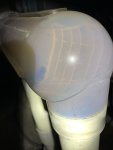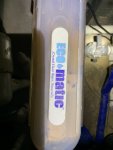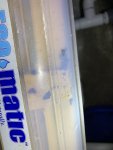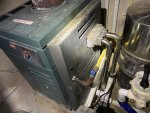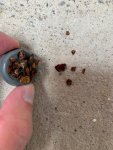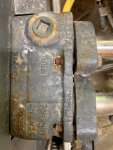Any ideas what these are/what’s causing them?
This is the first time I’ve really had the pool open since owning it. I’m not sure if these may be coming from the heater (haven’t experimented yet).
I can see the flakes inside the SWG, but that is plumbed directly after the heater, so it could be either the heater or swg.
Thanks!
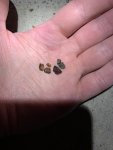
This is the first time I’ve really had the pool open since owning it. I’m not sure if these may be coming from the heater (haven’t experimented yet).
I can see the flakes inside the SWG, but that is plumbed directly after the heater, so it could be either the heater or swg.
Thanks!



